Feather Disease In Parrots
Feather disease in parrots. Feather-Beak Disease Psittacine beak and feather disease caused by the circovirus directly affects the feathers of a parrot. 1 All Psittacidae can be affected regardless of their age with a predominance for the 0-3 age group. It can be seen in cockatoos African grey parrots Eclectus parrots lorikeets lovebirds and parrot species of Asian Australian and African origin.
PBFD belongs to the taxonomic genus Circovirus and the family Circoviridae. PBFD Psittacin Beak Feather Disease or beak and feather disease What is true today. Feather cysts appear as oval or elongated swellings involving a single or several feather follicles.
Parrot Feather Problems Feather loss could be due to one of several different things including moulting parasites or Psittacine Beak and Feather Disease all of which are dealt with elsewhere in this guide. Psittacine beak and feather disease passes from bird to bird and has no cure. Avian Circovirus also known as Psittacine Beak and Feather Disease PBFD is a viral disease that affects parrots and cockatoos.
The psittacine beak and feather disease PBFD virus most commonly causes clinical signs in captive and free-ranging old world Australian and African psittacine birds such as cockatoos lovebirds African gray parrots and cockatiels. While no bird is immune to this disease it is more common in African gray parrots eclectus parrots cockatoos ringneck parakeets and macaws. When a parrot is.
It is usually fatal though some birds can have a prolonged life with the virus with the proper home care. Although they may occur anywhere in parrots they most commonly involve the primary feathers of the wings. This disease is today greatly underestimated in all farms because the PBFD test is not systematically performed on incoming or outgoing birds.
Psittacine Beak and Feather Disease PBFD in Parrots Psittacine beak and feather disease is a viral disease affecting many parrots but Australian and South African parrots are more vulnerable. Discolorations Feather discolorations such as black tips on feathers or the appearance of feathers that are not part of the normal coloration of your parrot species such as a yellow feather on an eclectus where there should be a green or red feather are. The PBFD virus is endemic in many free.
Different strains of avian circovirus can cause disease in pigeons and passerines such as canaries and finches. Beak and claws become brittle necrotic and deformed.
This disease is today greatly underestimated in all farms because the PBFD test is not systematically performed on incoming or outgoing birds.
Parrot Feather Problems Allergies. This can be brought on by a number of different factors self-plucking plucking by another bird hormonal. 1 All Psittacidae can be affected regardless of their age with a predominance for the 0-3 age group. Feather cysts appear as oval or elongated swellings involving a single or several feather follicles. PBFD Psittacin Beak Feather Disease or beak and feather disease What is true today. The ingrown feather results in a lump or mass that continues to grow as the feather enlarges. Poor feather quality is another sign that a parrot is suffering from fatty liver disease. Different strains of avian circovirus can cause disease in pigeons and passerines such as canaries and finches. Psittacine Beak and Feather Disease PBFD in Parrots Psittacine beak and feather disease is a viral disease affecting many parrots but Australian and South African parrots are more vulnerable.
Discolorations Feather discolorations such as black tips on feathers or the appearance of feathers that are not part of the normal coloration of your parrot species such as a yellow feather on an eclectus where there should be a green or red feather are. Feather loss will eventually affect the whole body including the head whereas plucking parrots will. The feathers will feel brittle and break off easily exposing areas of dry patchy skin. This disease can cause feather shedding lesions and sores on the bird. This disease is today greatly underestimated in all farms because the PBFD test is not systematically performed on incoming or outgoing birds. Parrots sometimes self-pluck and self-peck as due to skin irritation. Feather cysts appear as oval or elongated swellings involving a single or several feather follicles.









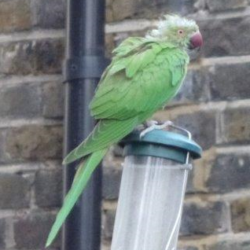






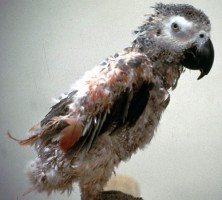

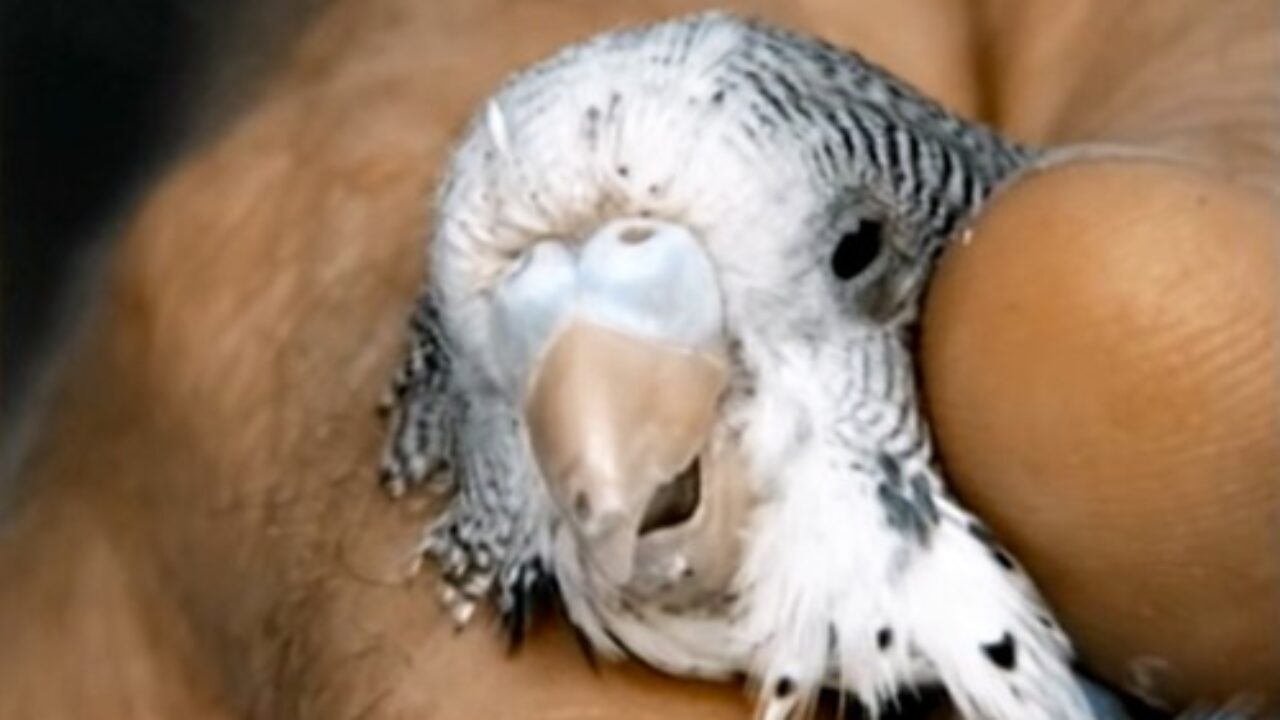


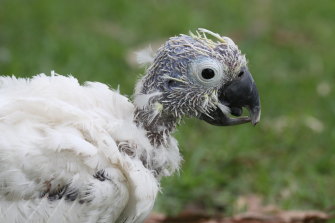

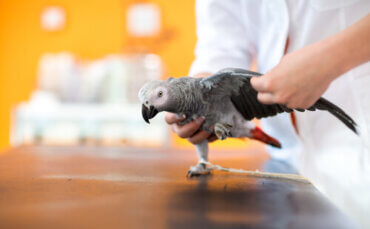

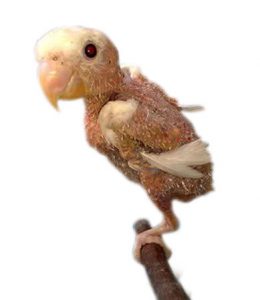
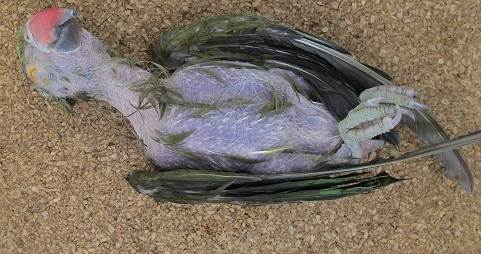
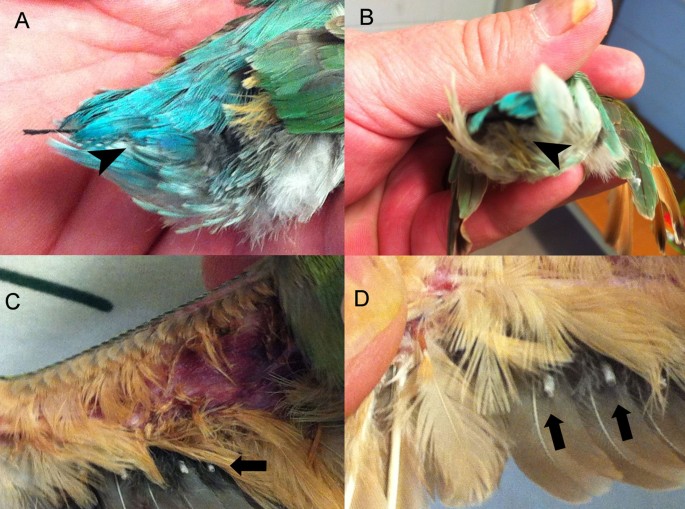

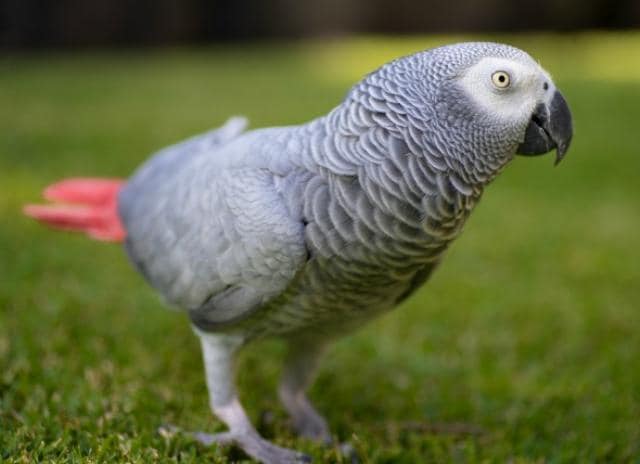




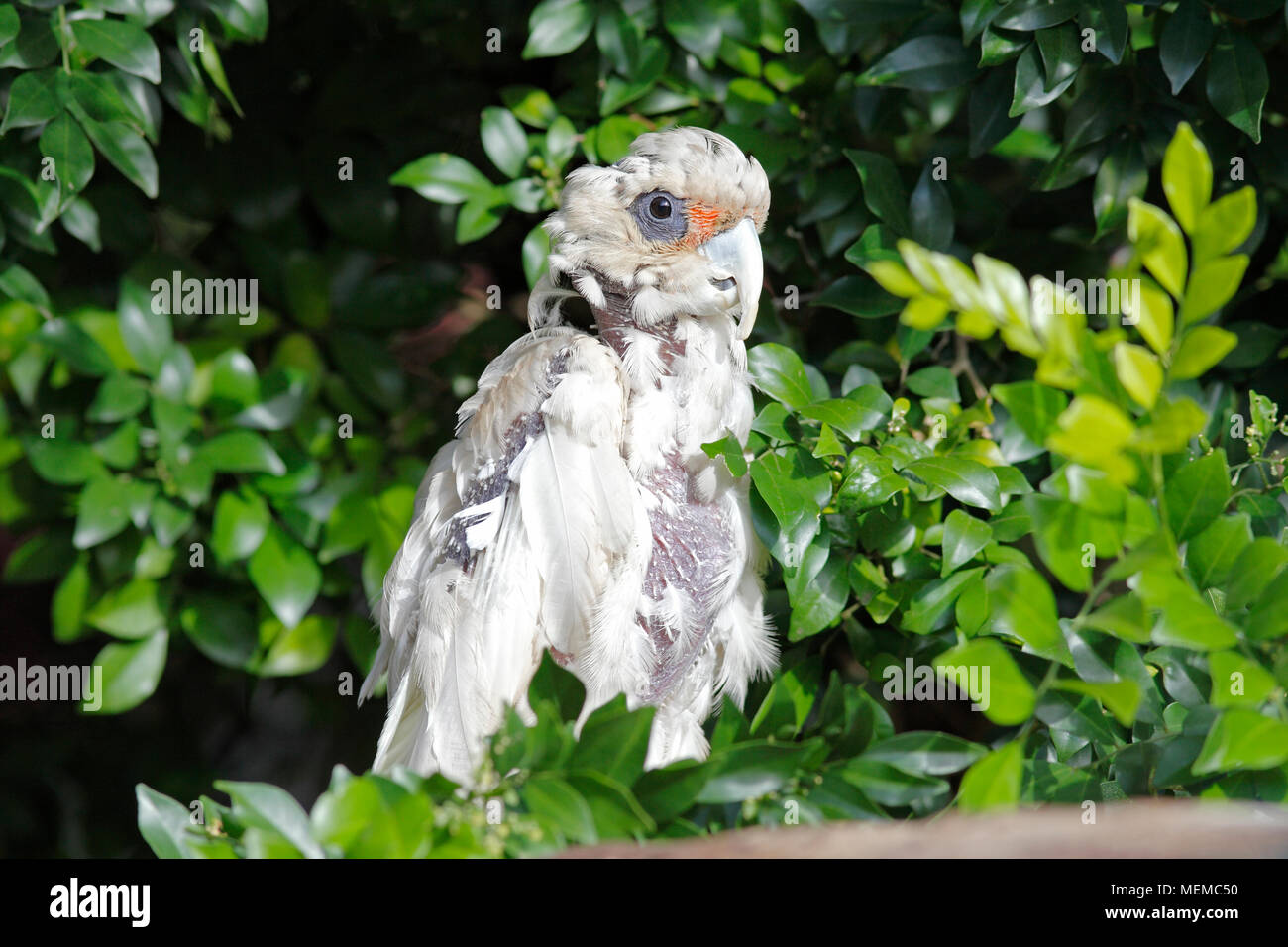
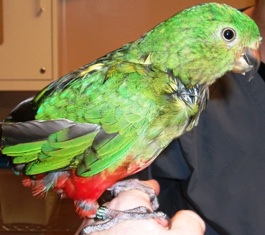

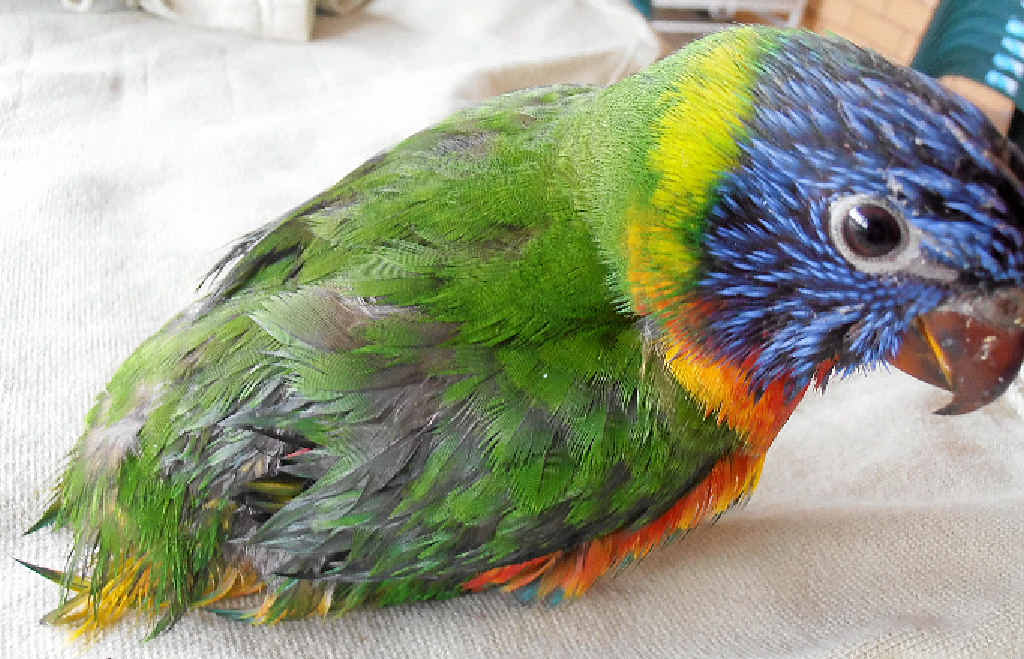




Posting Komentar untuk "Feather Disease In Parrots"